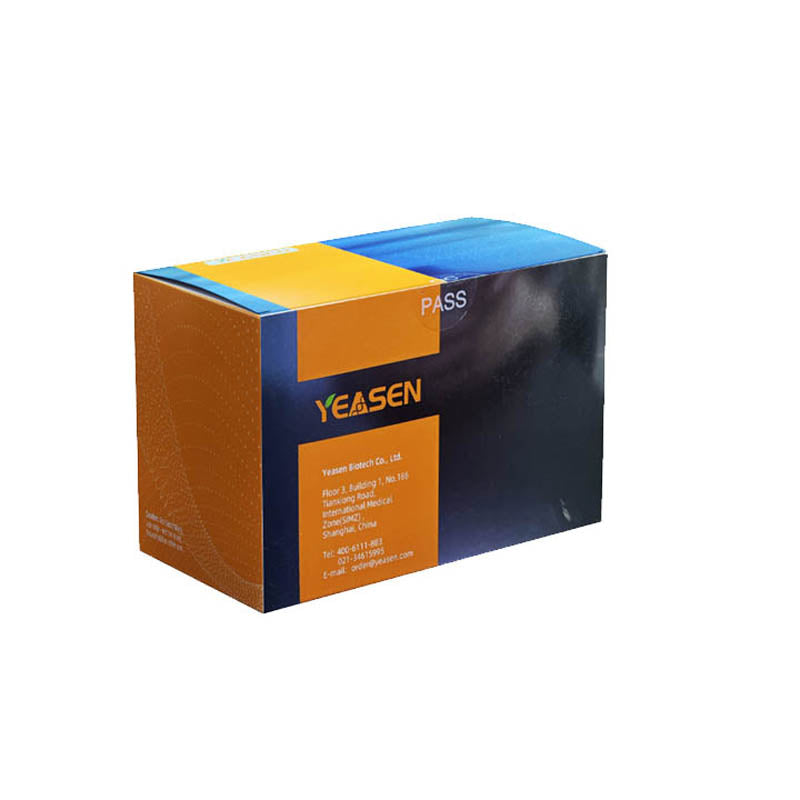Description
E.coli Poly(A) polymerase, also known as Poly A tail-adding enzyme, catalyzes the addition of AMP converted from ATP to the 3 'end of single-stranded RNA in A template-independent manner to form Poly(A) tail. E.coli Poly(A) polymerase can use a variety of single-stranded RNA as a substrate, but DNA can not be used as a substrate. Double-stranded RNA and short oligonucleotides are not recommended as substrates. The Poly(A) tailing reaction catalyzed by E.coli Poly(A) Polymerase can only use ATP, but not ADP or dATP. The incorporation of CTP and UTP was less than 5% of that of ATP. When GTP is used, it cannot be added to the 3 'end of the RNA at all.
Features
When applied to miRNA detection, it demonstrates enhanced sensitivity.
No residual nuclease or RNase.
Applications
RNA Modification.
miRNA Expression Analysis.
cDNA Synthesis & Reverse Transcriptases Products.
RNA Synthesis In vitro Transcription (IVT).
Specifications
|
Unit Definition |
One unit is defined as the amount of enzyme that will incorporate 1 nmol of AMP into RNA in a 20 µl volume in 10 minutes at 37oC |
|
Purity |
≥90% |
Components
|
Components No. |
Name |
14801ES60 |
14801ES76 |
|
14801-A |
E.coli poly(A) Polymerase (5 U/μL) |
20 μL |
100 μL |
|
14801-B |
10×Reaction Buffer |
100 μL |
500 μL |
Shipping and Storage
This product should be stored at -25 ~ -15oC for 2 years.
Documents:
Safety Data Sheet
Manuals
Payment & Security
Your payment information is processed securely. We do not store credit card details nor have access to your credit card information.
Inquiry
You may also like
FAQ
The product is for research purposes only and is not intended for therapeutic or diagnostic use in humans or animals. Products and content are protected by patents, trademarks, and copyrights owned by Yeasen Biotechnology. Trademark symbols indicate the country of origin, not necessarily registration in all regions.
Certain applications may require additional third-party intellectual property rights.
Yeasen is dedicated to ethical science, believing our research should address critical questions while ensuring safety and ethical standards.

